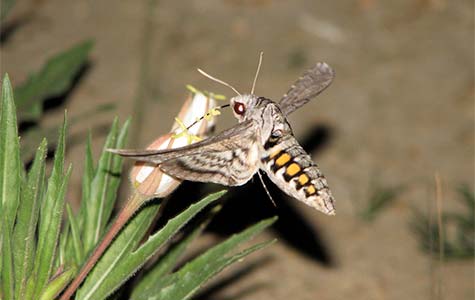
Long-distance pollination has widespread implications, ranging from limiting population divergence, accelerating the spread of adaptive traits, disrupting gene complexes, and maintaining species cohesion. This is particularly the case for floral traits where long-distance pollinators act as agents of selection while also constraining divergence. Work in this area has focused on evening primroses (Oenothera and Clarkia, Onagraceae; National Science Foundation-funded Dimensions of Biodiversity Grant), paintbrushes (Castilleja, Orobancaceae), Eastern prairie fringed orchid (Platanthera leucophaea, Orchidaceae; funded by the National Fish and Wildlife), and more recently the bluestars (Amsonia, Apocynaceae; funded by the National Fish and Wildlife Foundation and Bureau of Land Management). We use a combination of field, greenhouse, and molecular tools to assess long-distance pollination events via hawkmoths versus shorter distance dispersal by bees. To date, our work has found high rates of gene flow and limited population genetic differentiation can be attributed to hawkmoth pollination, a pattern consistently revealed in different study systems. In addition, our work shows that long-distance dispersal facilitated by hawkmoth pollination may buffer plant species from the negative impacts of land-use change. (Skogen, Fant, Wickett).

